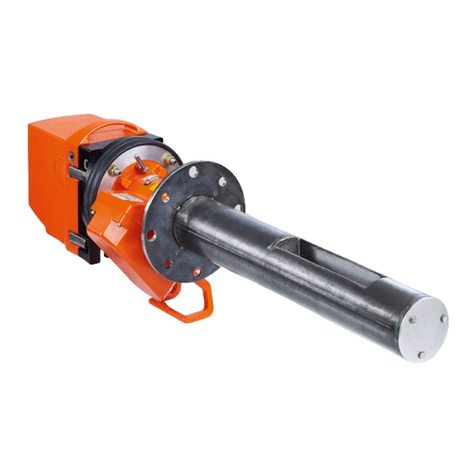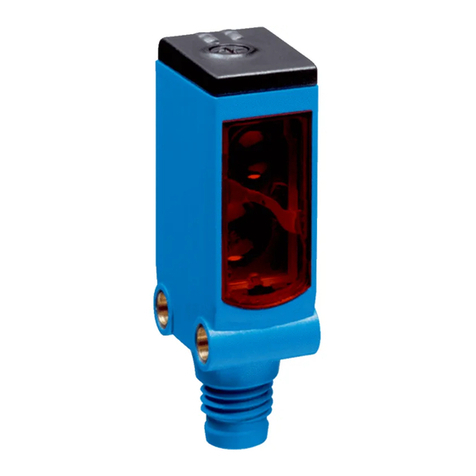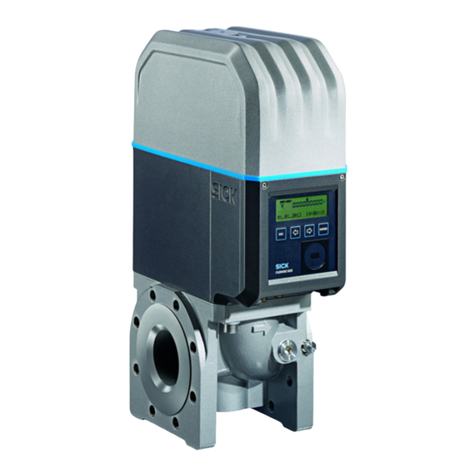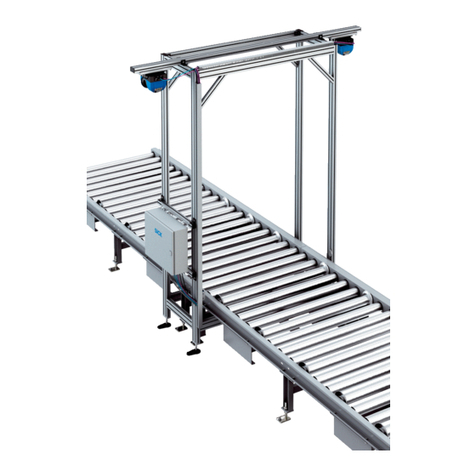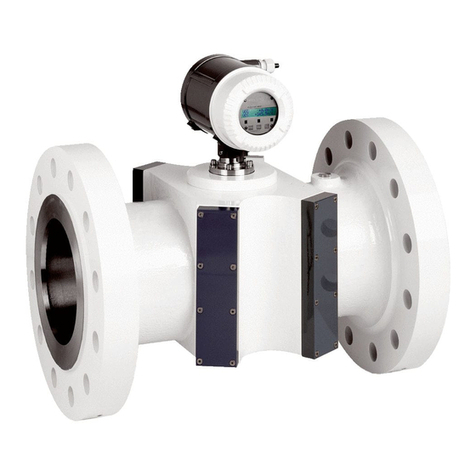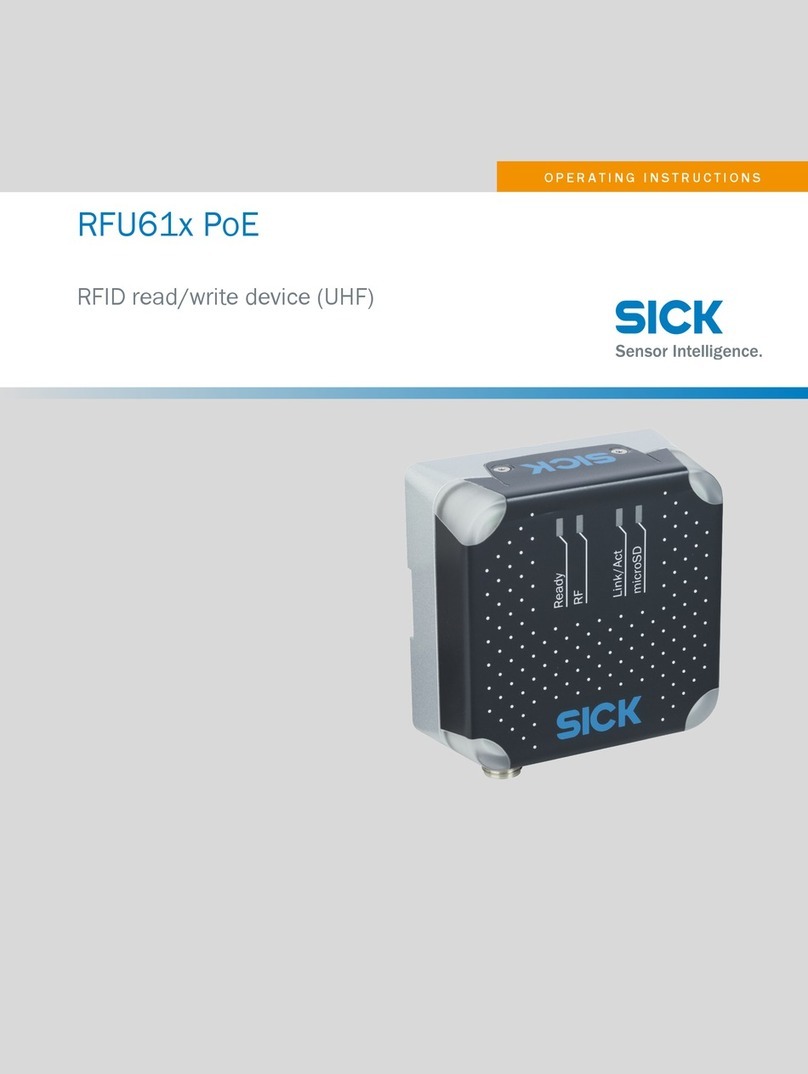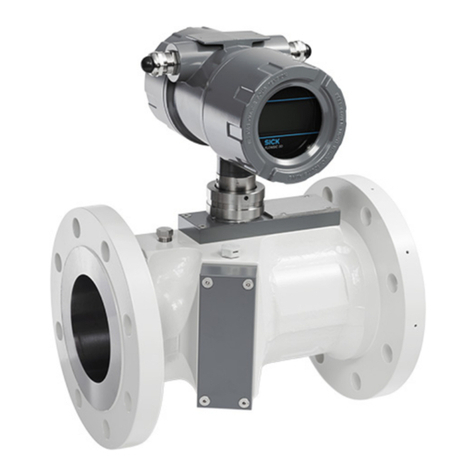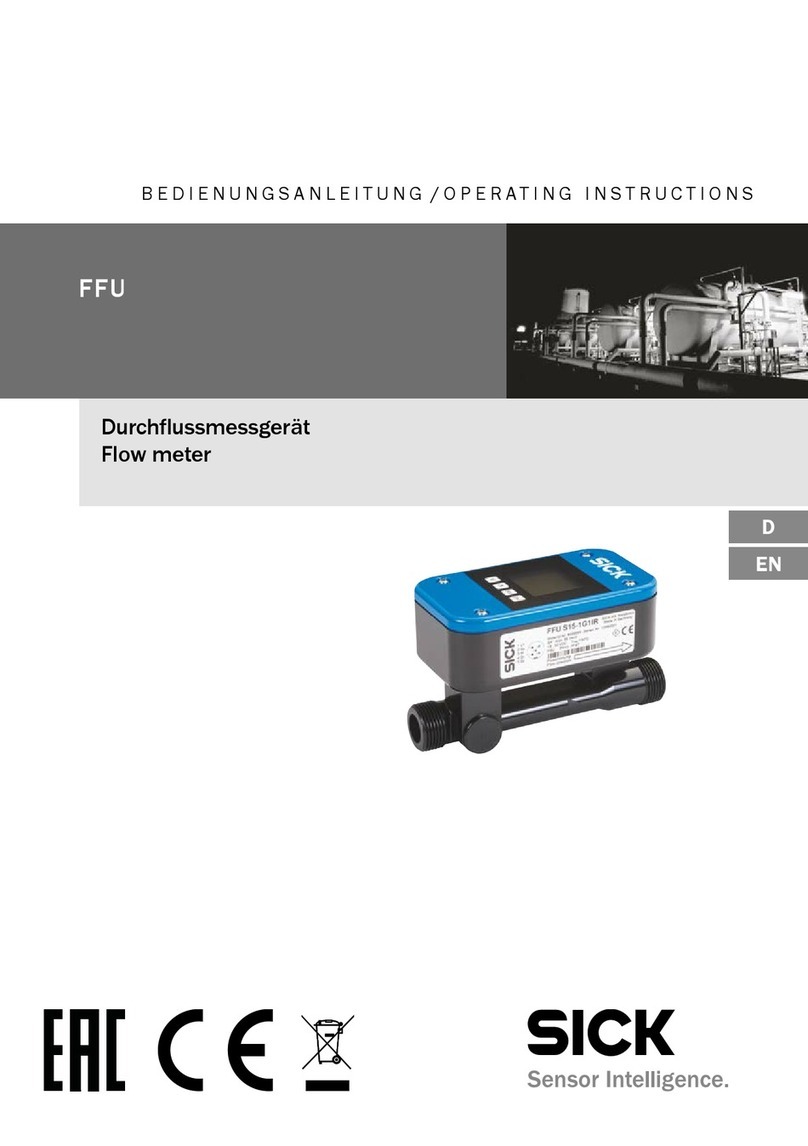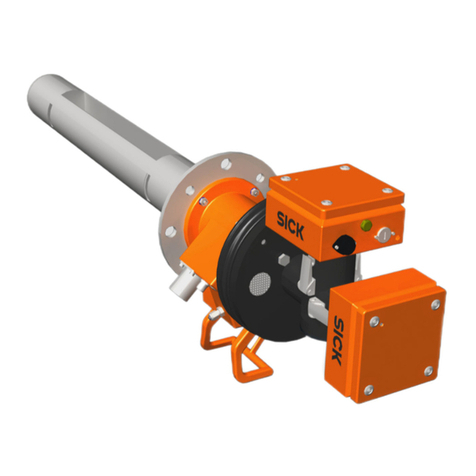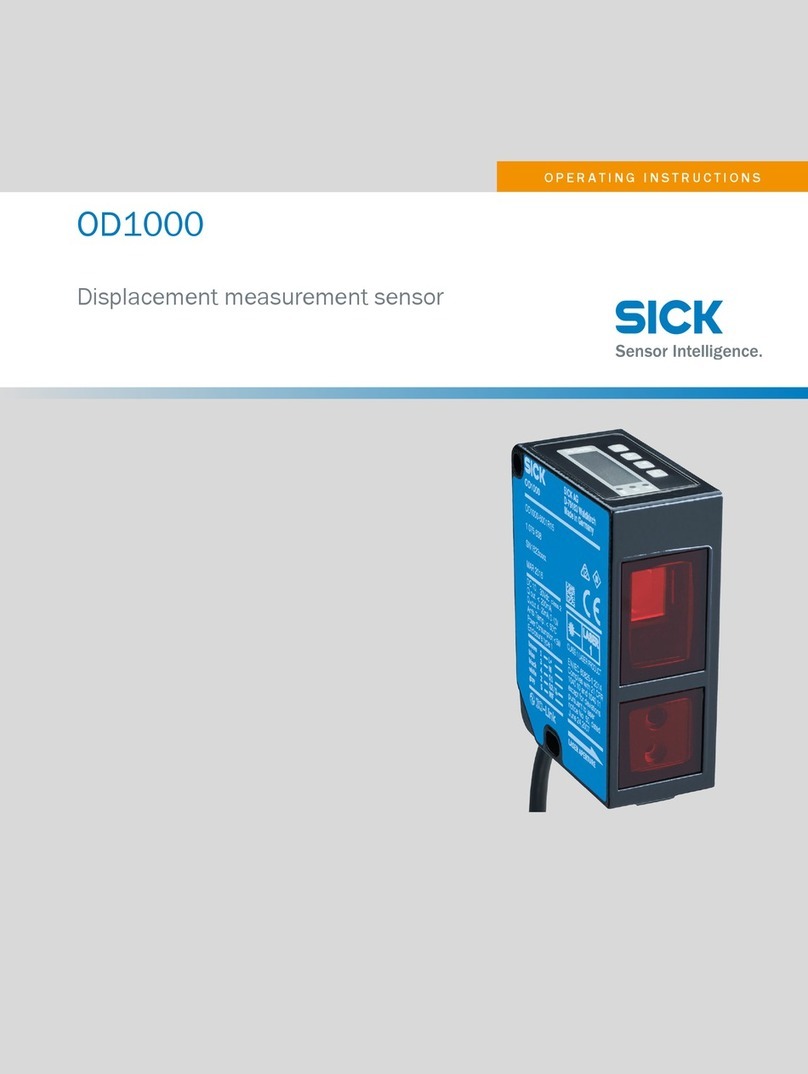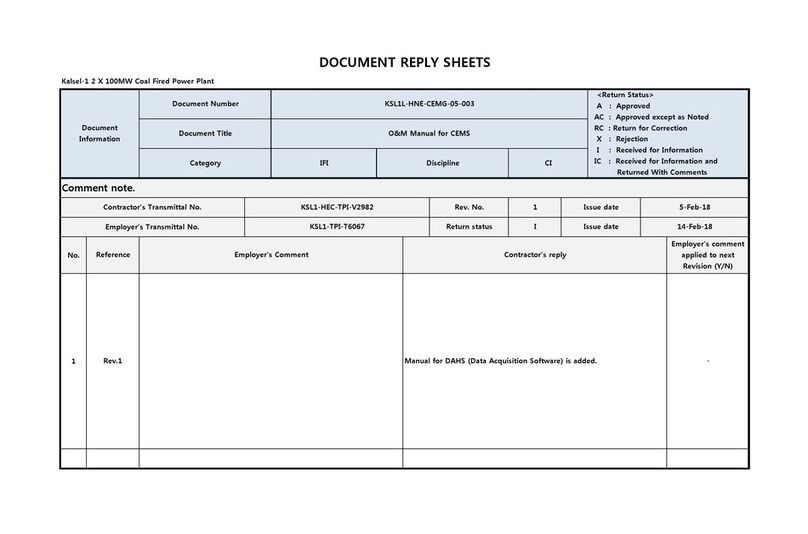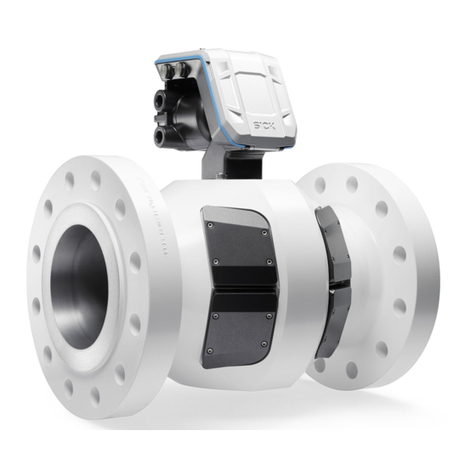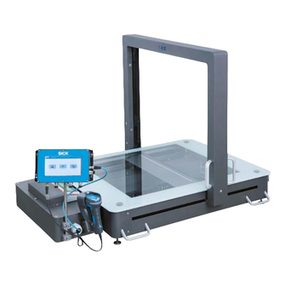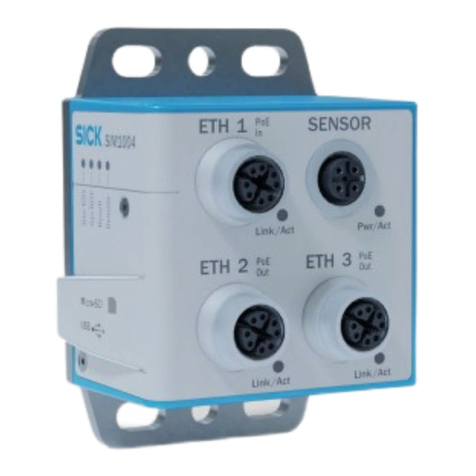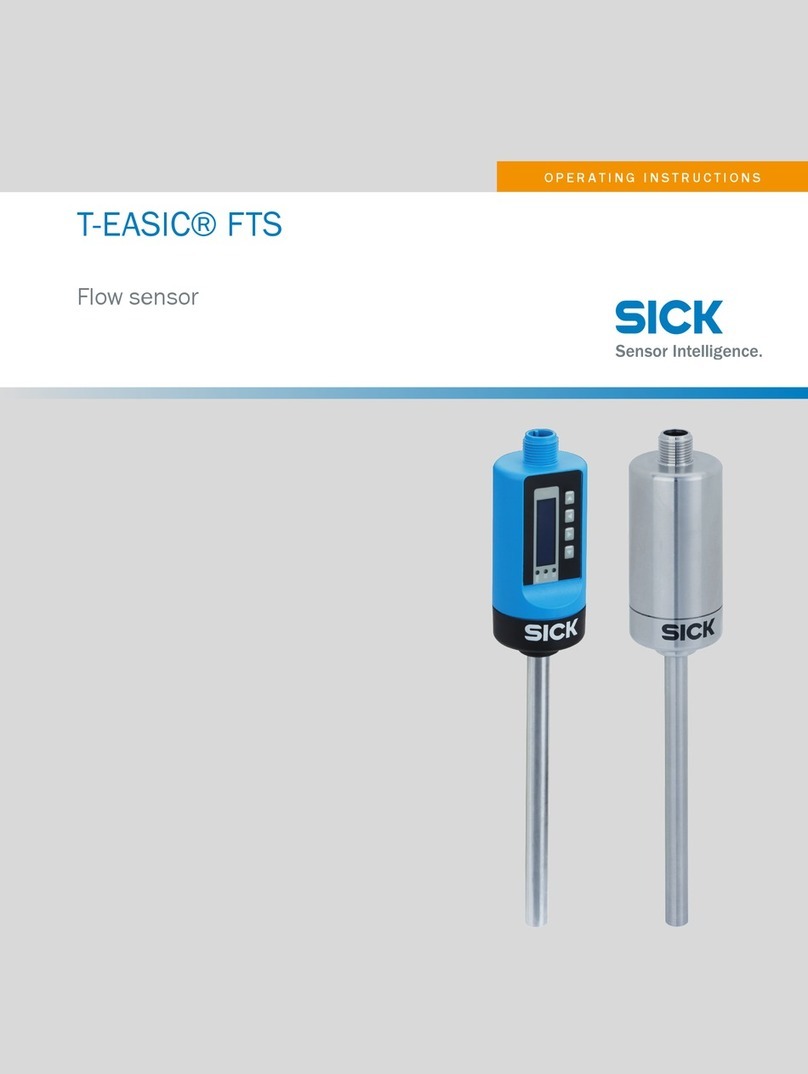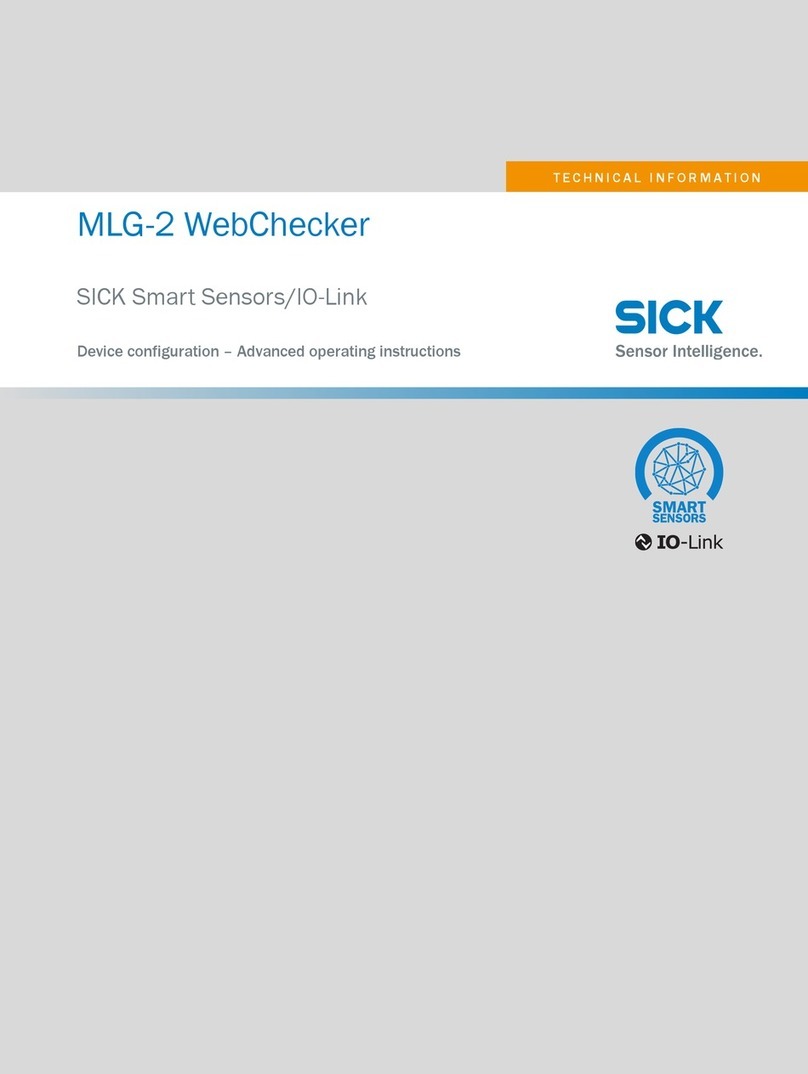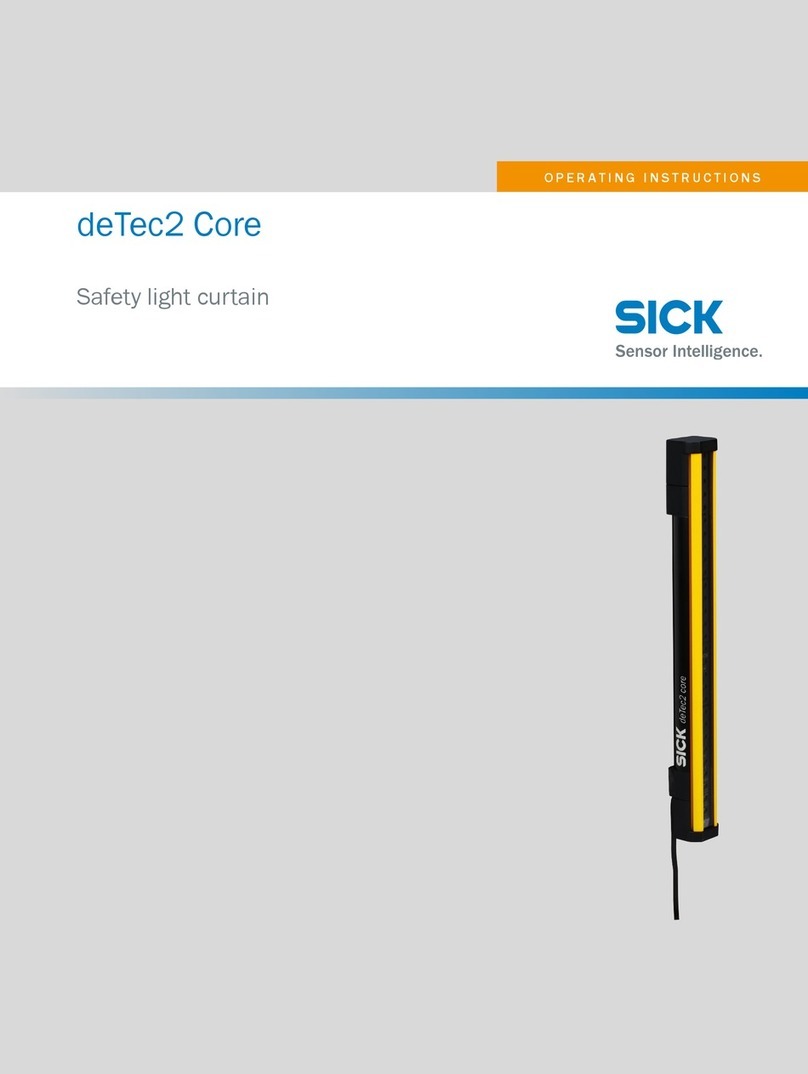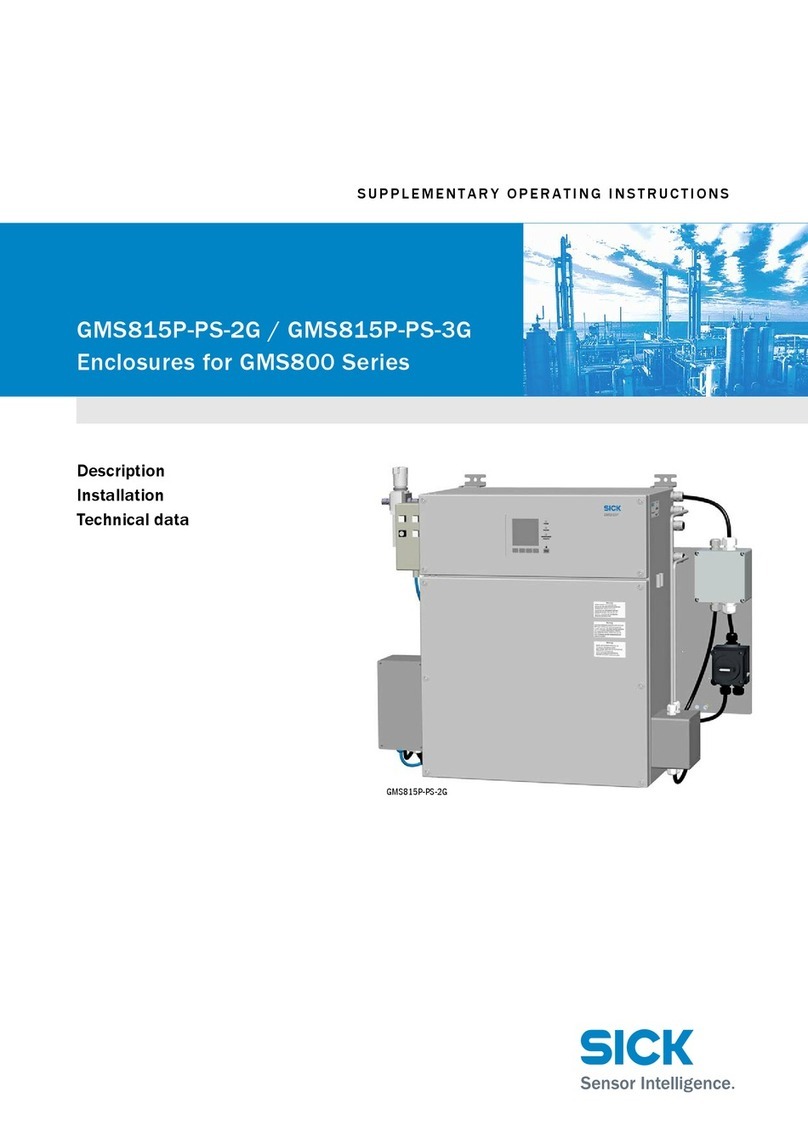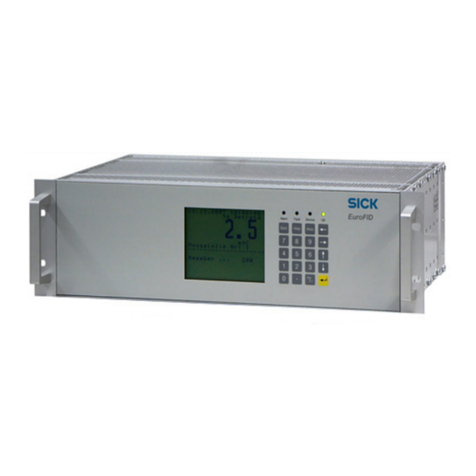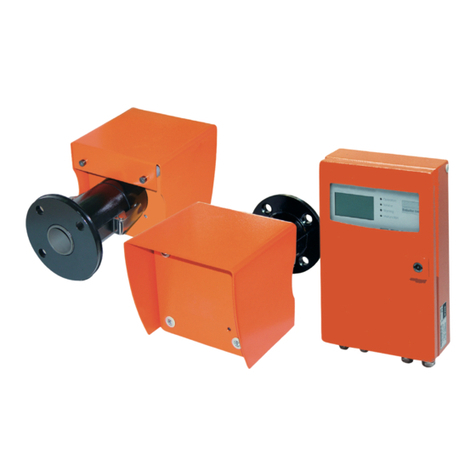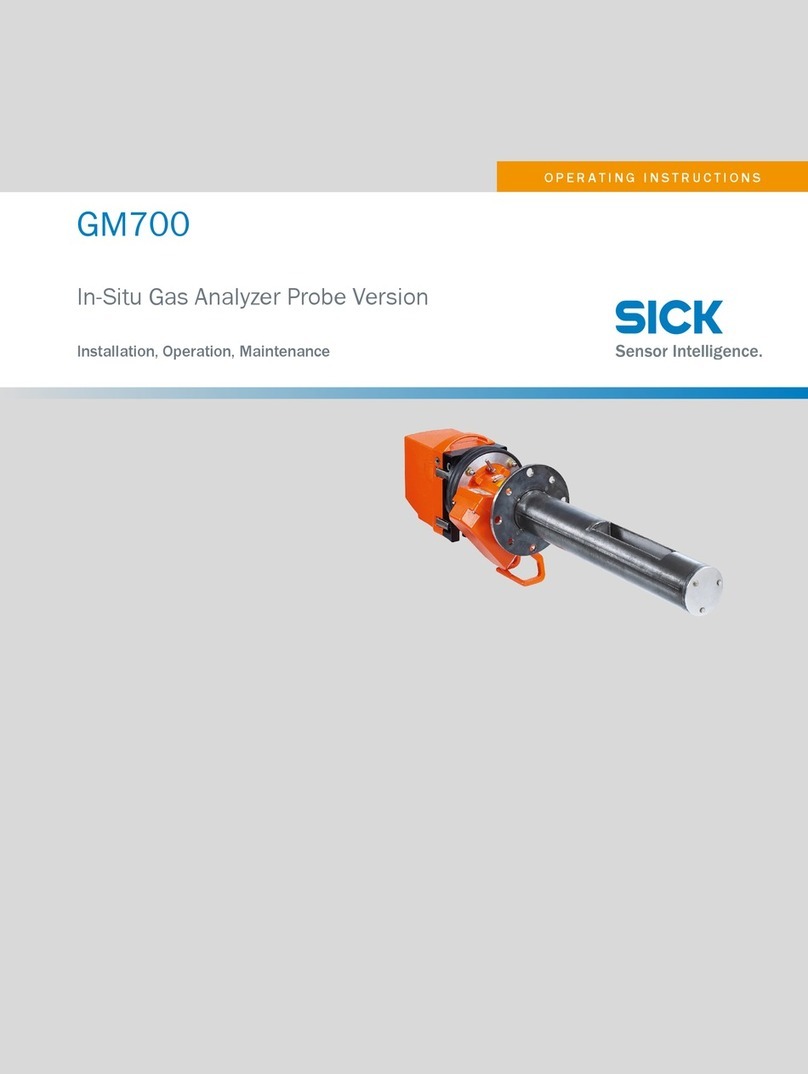Technical Description
LMS 2… Laser Measurement System
© SICK AG · Division Auto I ent · Germany · All rights reserve 8 008 970/06-2003
2
Contents
Contents
1 Range of applications ...................................................................................................................... 3
2 Product features ................................................................................................................................. 4
3 Operating principle ............................................................................................................................ 6
4 Conditions of use/range ................................................................................................................. 7
4.1 Mounting location ....................................................................................................................... 7
4.2 Heater operation ........................................................................................................................ 7
4.3 Reflectivity of various objects ................................................................................................ 7
4.4 Reflectivity in fog ......................................................................................................................... 8
4.5 The „blanking“ curve ................................................................................................................. 9
4.6 The „contour as reference“ curve ........................................................................................ 9
5 Areas of use ...................................................................................................................................... 10
5.1 Object measurement/ etermining position ................................................................... 10
5.2 Area monitoring/Detection .................................................................................................. 11
6 ounting ............................................................................................................................................ 12
7 L S 211/L S 220/L S 221 electrical installation ...................................................... 14
7.1 Data interface ........................................................................................................................... 14
7.2 Power supply ............................................................................................................................ 14
7.3 Motor flap for the LMS 211 ................................................................................................ 15
7.4 LMS 211/LMS 221 electrical connection ..................................................................... 16
7.5 LMS 211/LMS 221 electrical connection with relay output.................................... 17
8 L S 200/L S 291 electrical installation ........................................................................... 18
8.1 Electrical connection ............................................................................................................. 18
8.2 Interface plugs (plug mo ules) ......................................................................................... 18
8.3 LMS 200/LMS 291 electrical connection.................................................................... 19
8.3.1 RS 232/RS 422-conversion ........................................................................... 19
8.3.2 Cable entry in plug mo ule .............................................................................. 20
8.3.3 Functions of the in icator lights ..................................................................... 20
9 Synchronisation of two laser scanners .................................................................................. 21
9.1 Pre-con itions for synchronisation .................................................................................... 21
9.2 Proce ure ................................................................................................................................... 21
9.3 Commissioning synchronisation ........................................................................................ 22
10 Heating plate for the L S 200/L S 291 ........................................................................... 23
Weather protection for the L S 220/L S 221 ................................................................ 25
11 Dimensional drawings .................................................................................................................. 26
12 Overview of L S variants............................................................................................................ 33
13 Technical data .................................................................................................................................. 34
14 Order numbers ................................................................................................................................. 35
15 Glossary of terms ........................................................................................................................... 37
EC Declaration of Conformity ....................................................................................................38

